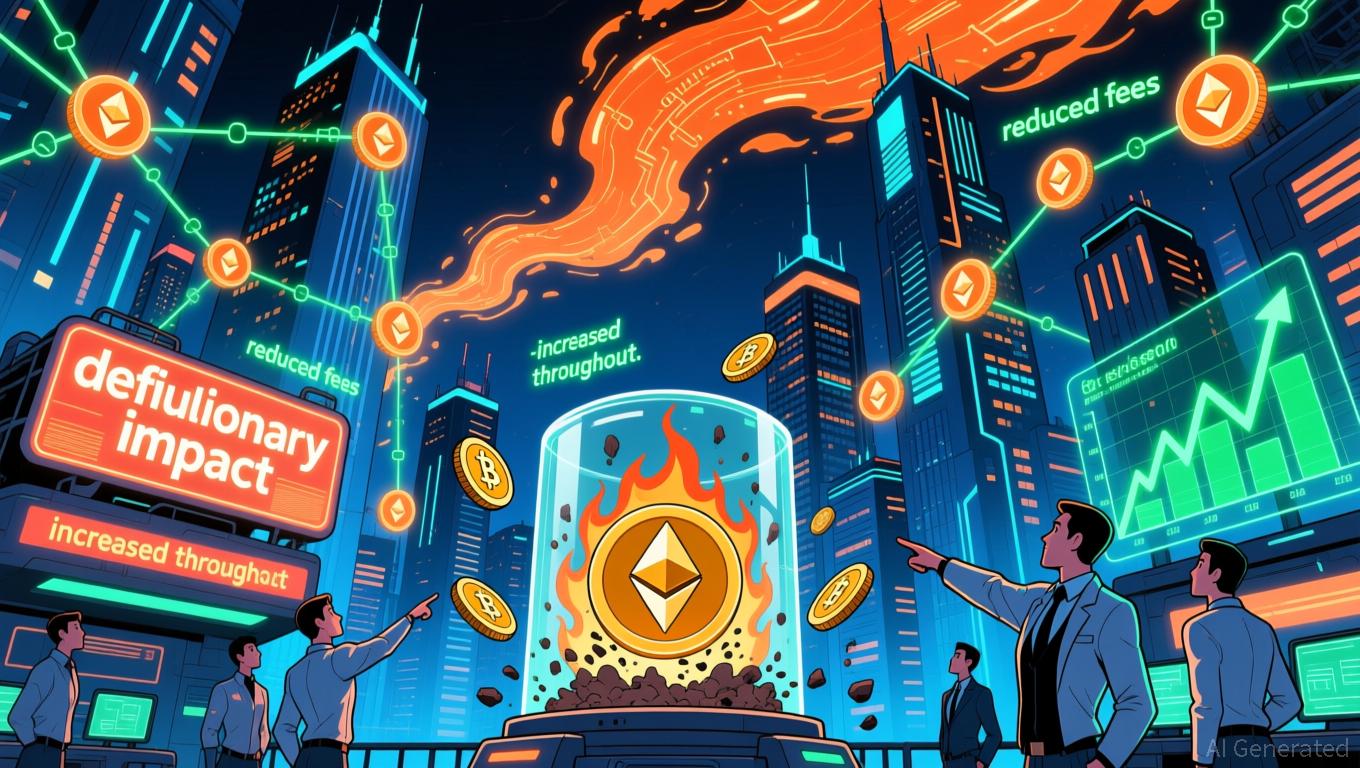Bitcoin News Update: With Interest Rates Falling, Bitcoin’s Black Friday Approach Sparks Discussion Over Ownership
- Michael Saylor's "Black Friday" Bitcoin buying strategy gains traction as market conditions align with discounted asset acquisition opportunities. - Fed rate cut expectations (80% in December) and institutional staking activity highlight strategic entry points amid Bitcoin's $87,000 stabilization. - Saylor's fixed-supply model resonates with long-term investors seeking inflation-resistant value, contrasting traditional fiat systems. - Global crypto shifts include Bhutan's Ethereum integration, Southeast
Michael Saylor’s “Black Friday” Approach to Bitcoin Investment
Michael Saylor’s so-called “Black Friday” method for acquiring Bitcoin is gaining renewed attention as current market trends echo the retail tradition of seeking out bargains. Much like shoppers hunting for deals during holiday sales, Saylor encourages purchasing Bitcoin when it appears undervalued. Recent shifts in the cryptocurrency landscape—including changing expectations for Federal Reserve policy and increased institutional staking—highlight new opportunities for strategic entry into digital assets, as noted in recent analyses.
Bitcoin’s Price Stability and Scarcity Appeal
After a period of price swings, Bitcoin has settled around $87,000, with experts observing that it has found support amid changing global economic conditions. The CME FedWatch tool now suggests there is an 80% chance of a rate cut by December, a development that has shifted investor outlook. Saylor’s advocacy for a fixed-supply model, mirrored by projects like Bitcoin Munari with its 21 million token cap, continues to attract long-term investors who value scarcity. This philosophy stands in contrast to traditional fiat currencies, positioning Bitcoin as a safeguard against inflation and uncertain monetary policy, according to market experts.
Wider Changes in the Crypto Landscape
The digital asset sector is experiencing significant transformation. For example, Ethereum has been integrated into Bhutan’s national digital ID system, and the country has staked nearly $1 million in ETH through Figment, reflecting a rise in institutional involvement. In Southeast Asia, regulatory collaboration with the OECD signals a shift toward sustainable investment practices, potentially shaping Bitcoin adoption in developing economies. Meanwhile, Bitcoin mining in China is making a comeback despite the 2021 ban, fueled by inexpensive energy in areas like Xinjiang—a trend that could further decentralize the network’s computing power, according to market observers.

Retail Investors and the Black Friday Metaphor
Individual investors are also leveraging seasonal opportunities. While Black Friday typically centers on discounts for products such as CINCOM massage devices or Dreame pet air purifiers, the concept now extends to cryptocurrency. Promotional offers, like Hulu’s discounted HBO Max bundle, illustrate how special pricing can drive consumer interest—a strategy Saylor applies to Bitcoin accumulation. The recent approval of Bitcoin spot ETFs in the United States has made it easier for mainstream investors to gain exposure to Bitcoin without the complexities of direct ownership. However, some critics argue that ETFs undermine the core principle of direct asset ownership in crypto, echoing debates about the effects of Black Friday on consumer behavior.
Future Outlook: Strategic Buying Amid Shifting Trends
Looking forward, Saylor’s investment philosophy is shaped by the intersection of global economic changes and technological progress. As Bitcoin nears its 2024 halving—a milestone often linked to price rallies—the balance between institutional interest and retail participation could heighten market volatility. Ultimately, the “Black Friday” analogy underscores the importance of disciplined, strategic purchasing—whether of discounted products or undervalued digital assets—as a key to building long-term value.
Disclaimer: The content of this article solely reflects the author's opinion and does not represent the platform in any capacity. This article is not intended to serve as a reference for making investment decisions.
You may also like
Solar radiation reveals previously undetected software flaw in Airbus aircraft fleet
- Airbus issues emergency directive to update A320 fleet software/hardware after solar radiation-linked flight-control incident caused JetBlue's emergency landing. - EU Aviation Safety Agency mandates fixes for 6,000 aircraft, risking Thanksgiving travel chaos as airlines face weeks-long groundings for repairs. - Solar interference vulnerability, previously flagged by FAA in 2018, highlights growing software reliability challenges in modern avionics systems. - Analysts call issue "manageable" but warn of s

Khabib's NFTs Ignite Discussion: Honoring Culture or Taking Advantage?
- Khabib Nurmagomedov's $4.4M NFT collection, rooted in Dagestani heritage, sparked controversy over cultural symbolism and legacy claims. - The project sold 29,000 tokens rapidly but faced scrutiny for post-launch transparency gaps and parallels to failed celebrity NFT ventures. - NFT market recovery (2025 cap: $3.3B) highlights risks like "rug pulls" and volatility, despite celebrity-driven momentum. - Concurrent trends include crowdfunding innovations and sustainability-focused markets like OCC recyclin

Ethereum Updates Today: Fusaka Upgrade on Ethereum Triggers Structural Deflation Through L2 Collaboration
- Ethereum's Fusaka upgrade (Dec 3, 2025) introduces EIP-7918, linking L2 data costs to mainnet gas prices, boosting ETH burn rates and accelerating deflationary trajectory. - PeerDAS and BPO forks reduce validator demands while enabling scalable 100k TPS growth through modular upgrades, avoiding disruptive hard forks. - Analysts predict 40-60% lower L2 fees for DeFi/gaming, with institutional ETH accumulation and a 5% price rebound signaling confidence in post-upgrade value capture. - The upgrade creates

Bitcoin News Update: Stablecoin Growth Drives Cathie Wood's Updated Bullish Outlook on Bitcoin, Not Market Weakness
- ARK's Cathie Wood maintains $1.5M Bitcoin long-term target despite 30% price drop, adjusting 2030 forecast to $1.2M due to stablecoin competition. - She attributes market volatility to macroeconomic pressures, not crypto fundamentals, and highlights Bitcoin's historical liquidity-driven rebounds. - UK's "no gain, no loss" DeFi tax framework and firms like Hyperscale Data ($70.5M BTC treasury) reflect evolving regulatory and strategic dynamics. - Bitfarms' exit from Bitcoin mining to AI HPC by 2027 unders
